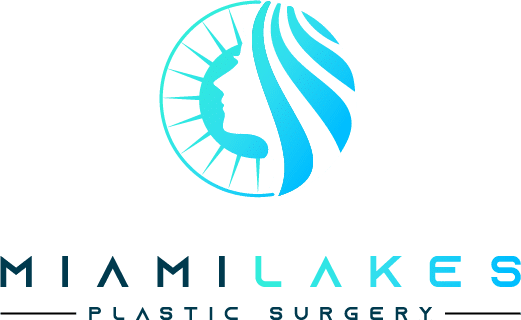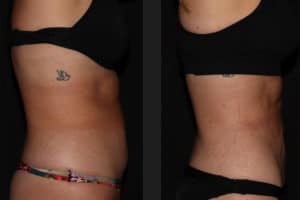Harvard Health reports that over 220,000 people undergo rhinoplasty procedures. A 2015 research study published in Aesthetic Surgery Journal highlights that more than 83% of people who undergo rhinoplasty have higher satisfaction rates. Women have relatively higher satisfaction rates (87.6%) than men (56.1%).
Thin and thick skin requires a different rhinoplasty approach to achieve the desired results. A layer of subcutaneous tissue thickens the skin in the nose area, providing volume and distance from the rigid bony structure in the nose.
The underlying skeleton defines the shape of the nose. That’s why most people undergo rhinoplasty procedures for reshaping the bone and cartilage (soft tissue). The surgeon adds cartilage and structure to the nose when performing thick skin rhinoplasty to ensure a more refined appearance.
In contrast, the cosmetic surgeon removes the cartilage during a thin skin rhinoplasty to achieve the desired results. That’s why thin-skin rhinoplasty requires a more careful and precise approach. Read on!
Thick Skin Rhinoplasty Before and After
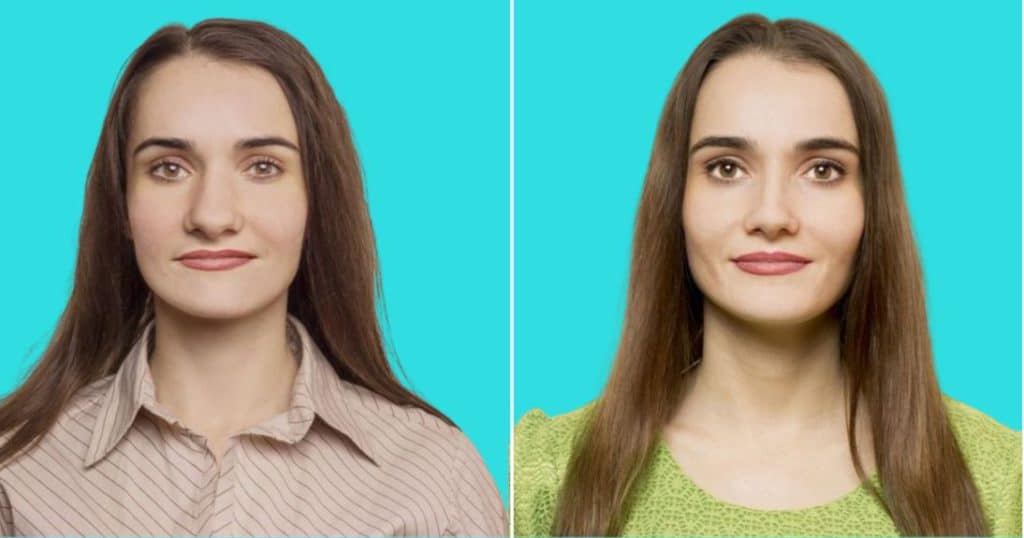
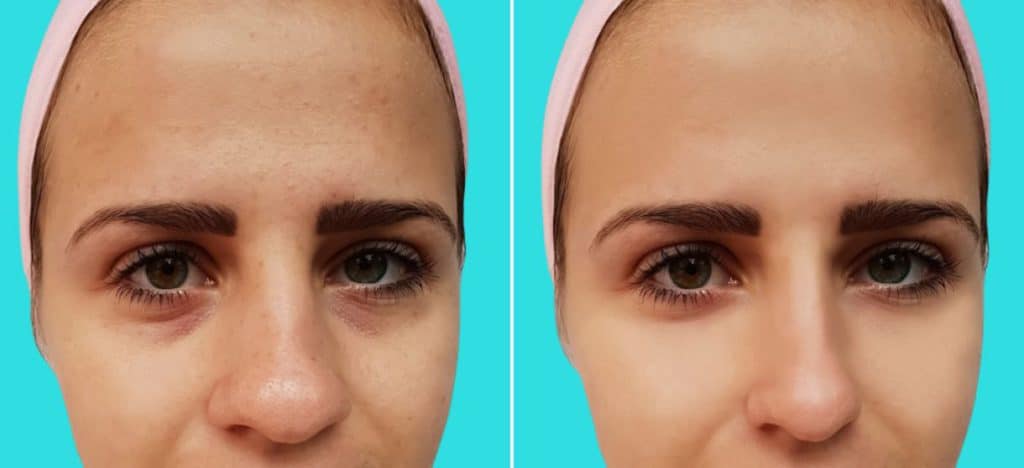
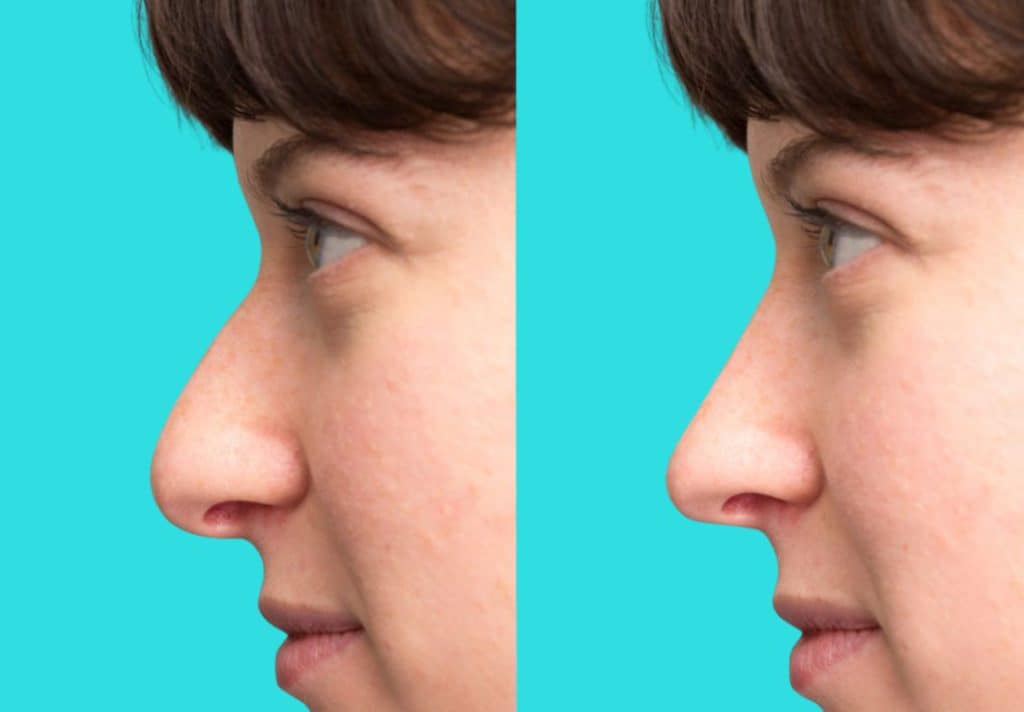
Thick Skin Bulbous Tip Rhinoplasty
Many factors cause a bulbous tip, such as poor cartilage strength, a round dome shape, and heavier soft tissue below the skin. Thick skin bulbous tip rhinoplasty is a cosmetic procedure that requires the cosmetic surgeon to adjust or remove the skin or cartilage.
The primary objective of thick-skin bulbous tip rhinoplasty is to achieve a more refined appearance and aesthetically pleasing nose. Bear in mind that this is a complicated procedure and requires pre-operative treatments to improve skin quality.
The Benefits of Having Cosmetic Surgery on Your Nose
Different types of cosmetic surgery on the nose include bridge straightening, hump removal, nose tip reshaping, nostrils size adjustment, opening breathing passages, and increasing or decreasing the size of the nose.
Rhinoplasty improves your nose’s size, shape, and appearance, making it look more natural, balanced, and aligned with other facial features. Rhinoplasty can change:
- Nose size to achieve facial balance
- Nose width in the position of the nostrils
- Nose width at the bridge
- Nose profile with depressions or humps on the bridge
- Upturned, dropping, or bulbous nasal tip
Remember, nose surgery is ideal for people with complete facial growth, improved physical health, and an active lifestyle (positive mindset, regular exercise, balanced diet, no smoking, etc.).
Can You Get a Rhinoplasty if you have Thick Skin?
Rhinoplasty depends on two primary factors: the skin and the cartilage. A 2010 article published on NCBI states that rhinoplasty is an ideal cosmetic approach for people with thick and thin skin. However, very thick and thin skin can lead to complications after surgery.
Therefore, it is wise to consult your surgeon to ensure whether you are the right candidate for the procedure. For instance, if you have thinner skin, you may experience irregularities in the nose structure. Similarly, if you have thicker skin, especially in the tip, it will increase in size even if the surgeon adjusts the cartilage.
Can Thick Nose Skin be thinned?
The quick answer to this question is, “Yes,” the surgeon can thin out the tissue underneath the skin. However, this requires a careful and precise approach with more accuracy. You can leverage the graft to increase the tip definition if you have thick skin at the tip. Besides, the surgeon can remove the excess fat, humps and straighten your nose to give it a more natural appearance.
Is it Better to have Thin or Thick Skin for Rhinoplasty?
The primary downside of having thin skin is concealing irregularities and defects in the nasal structures because the thin skin is relatively weaker than thick skin. In addition, your skin may contract during the surgery and lead to abnormalities during the postoperative rehabilitation period.
Similarly, people with extremely thick skin are not ideal candidates for rhinoplasty because the thicker tissue and elasticity affect the prognosis of the procedure. The ideal candidate for rhinoplasty has medium-thick skin with a healthier and smoother complexion.
Final Words
There are numerous reasons people undergo cosmetic nasal surgery, including correction of congenital disabilities, increasing or decreasing the size, repairing the nasal structures after an injury, or improving the nose appearance.
Skin thickness/thinness, elasticity, cartilage or bone structure, and overall health and wellbeing are a few factors that influence rhinoplasty. We recommend a thorough discussion with your cosmetic surgeon before undergoing the procedure to streamline the entire process. Until Next Time!
